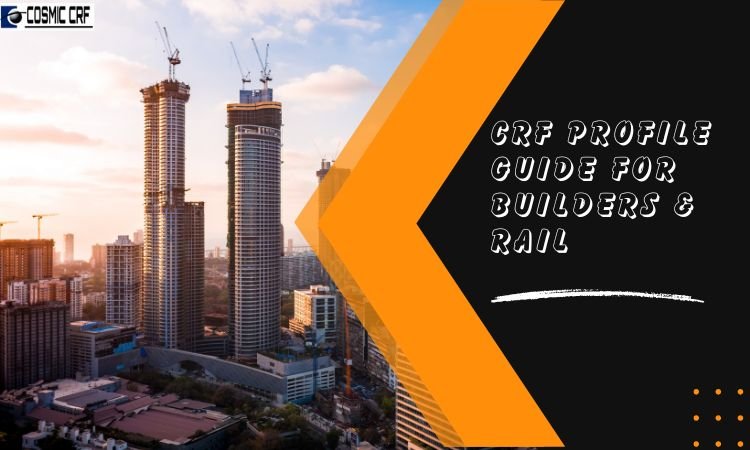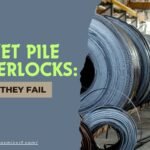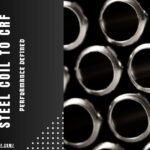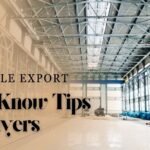Not all cold rolled formed (CRF) sections serve the same purpose. What works well in a pre-engineered building might underperform inside a rail wagon floor.
That’s because usage conditions vary. Load dynamics shift. Fitment tolerances change. And expectations differ between sectors.
Here’s how these choices shift between construction and rail and why understanding the difference leads to better outcomes for both.
Load Behavior Varies by Sector
Construction projects deal with largely static loads. A floor beam in a factory shed supports constant weight and only faces stress during seismic activity or installation.
Rail wagons handle a different reality. They carry cargo that shifts, brakes that jerk, and movement that rattles everything loose.
That’s why CRF profiles in wagons need to absorb vibration and resist fatigue over repeated cycles. In construction, strength is king. In rail, it’s strength combined with elasticity and form memory.
Tolerances Define Fit and Speed
In railway wagon manufacturing, even a half-millimeter offset can delay assembly. Wagons move through jigs, fixtures, and robotic welds that demand consistent geometry.
CRF profiles used here are expected to lock into place without persuasion. Construction tolerances are often wider. Field-fitment happens on site, and workers adjust as needed.
For builders, speed matters more than absolute repeatability. For rail, every extra adjustment creates bottlenecks and downstream quality risks.
Profile Shapes Serve Different Logic
A Z-purlin used in a roofing grid spreads surface loads efficiently and gives installers ease of use. In contrast, a hat section in a wagon might support vertical partitions, absorb impact, and route cabling—all in one role.
That requires sections shaped for multiple forces. CRF in rail often features closed profiles, stiffeners, or slotting for modular fittings.
Construction CRF sticks to broad flange widths and open forms for quicker bolt-and-nut execution. The logic behind the shape must match the problem it solves.
Coating Systems Follow The Exposure
Structures in buildings face open environments, but once installed, they rarely move.
CRF sections here carry coatings designed for weather—sun, rain, dust. Rail components, however, face mechanical abrasion, repetitive knocks, and often mixed environments like moisture in tunnels or freight spills.
That’s why profile coatings shift too. Powder coatings for warehouses differ from weldable primers for wagons. Knowing where a profile lands shapes how it’s finished.
Batch Volume and Line Setup Shape Output Strategy
Rail orders typically run in fixed batches with tightly defined specs. Every part in the sequence must match previous batches, even if the order comes months later.
That pushes rail CRF lines to maintain stable tool settings and follow a precise quality loop. Construction output can shift daily.
One day might call for channel sections, the next for purlins or deck plates.
Flexibility matters more here. This also changes how a CRF vendor organizes dies, tool changes, and shop floor workflow.
Material Thinking Must Evolve With Function
Rail builds often use medium-carbon steels for added fatigue life. Construction, on the other hand, prefers lighter mild steel with simpler weldability.
These choices affect bend radii, corner sharpness, and finish consistency. Every shape carries that material logic.
Our work with CRF sections goes through sharper QC gates to match weld expectations from rail OEMs.
Final Thoughts
Construction and rail may both lean on CRF for consistency and speed, but what they ask from the material differs in depth and detail.
As a CRF supplier involved in both domains, we calibrate not just for shape, but for sector fit.
Our teams don’t run construction profiles on rail dies, or the reverse. We segment tooling, update our setup logic, and adapt finish specs to what the application truly needs.
If you’re building something that moves (or something meant to last), we’d be happy to help you align the profile to the performance.
Reach out to us to explore how we support your specific build demands.




